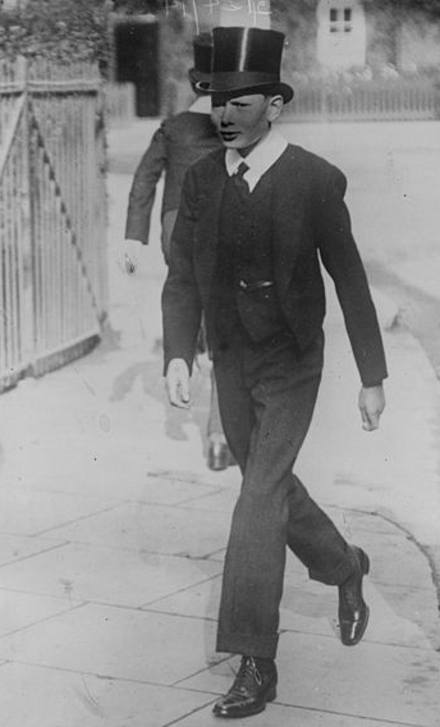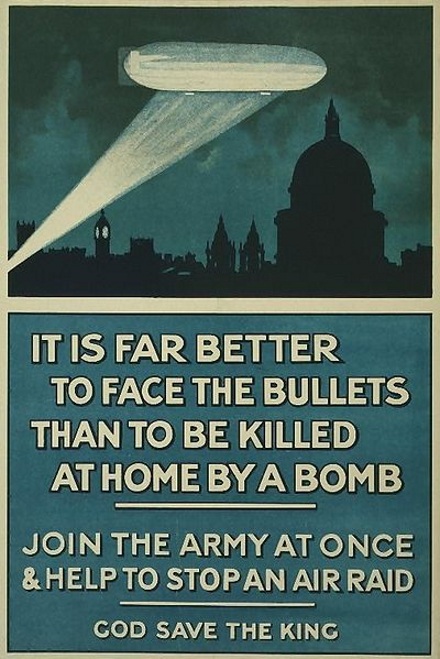Wilfred Owen, selected poems Contents
Challenges to the class system
The pre-war class system
 Edwardian Britain (1901-10) maintained a society rooted in class differences:
Edwardian Britain (1901-10) maintained a society rooted in class differences:
- The top tier of this hierarchical society contained the monarchy, aristocracy and landed gentry, all of whom had private incomes. These ‘upper’ classes were educated in public schools such as Eton, Harrow and Winchester
- The next tier down was the broad and respectable band of the ‘middle’ classes, clearly differentiated into the upper-middle, middle-middle and lower-middle classes. From these social strata came those who provided the Empire and the country with many positions of responsibility, from colonial civil servants to town clerks, from business leaders to shop managers such as in Susan Owen’s family, from major industrialists to railway officials like Tom Owen, from notable academics to school teachers such as Wilfred Owen might have been
- ‘Beneath’ the middle classes were the labouring or ‘lower’ classes, who provided manual labour for manufacturing, trade, agriculture and in domestic service to the classes above. These too were differentiated into artisan, skilled and unskilled groups.
The levelling effect of war
In 1914 men volunteered to fight for God, King and Country from every level of this complex society.
Initially, the British Army reflected the prevailing social hierarchy. The officer class was recruited from the public schools of Britain. Soldiers were divided clearly between the privileged and well educated, whose social rank defined them as officers and gentlemen, and the private soldiers who were known simply as ‘men.’
However, in 1916, when Lord Derby sought to replace the massive losses experienced at The Battle of the Somme, conscription drew men for all ranks of society. Officers came up through the ranks or were chosen from men of less elevated educational backgrounds, such as Owen.
Fighting side by side and sharing the same appalling conditions, people who would otherwise never have met socially started to appreciate one another as individuals. Many of the old class barriers and misunderstandings were, if not entirely abolished, certainly eroded.
The dignity of human life was equally recognised in every soldier. After the war ended, the Imperial War Graves commission further levelled the sense of class hierarchy, when every one of the fallen had their sacrifice commemorated on uniform stones in the war cemeteries across the world.

